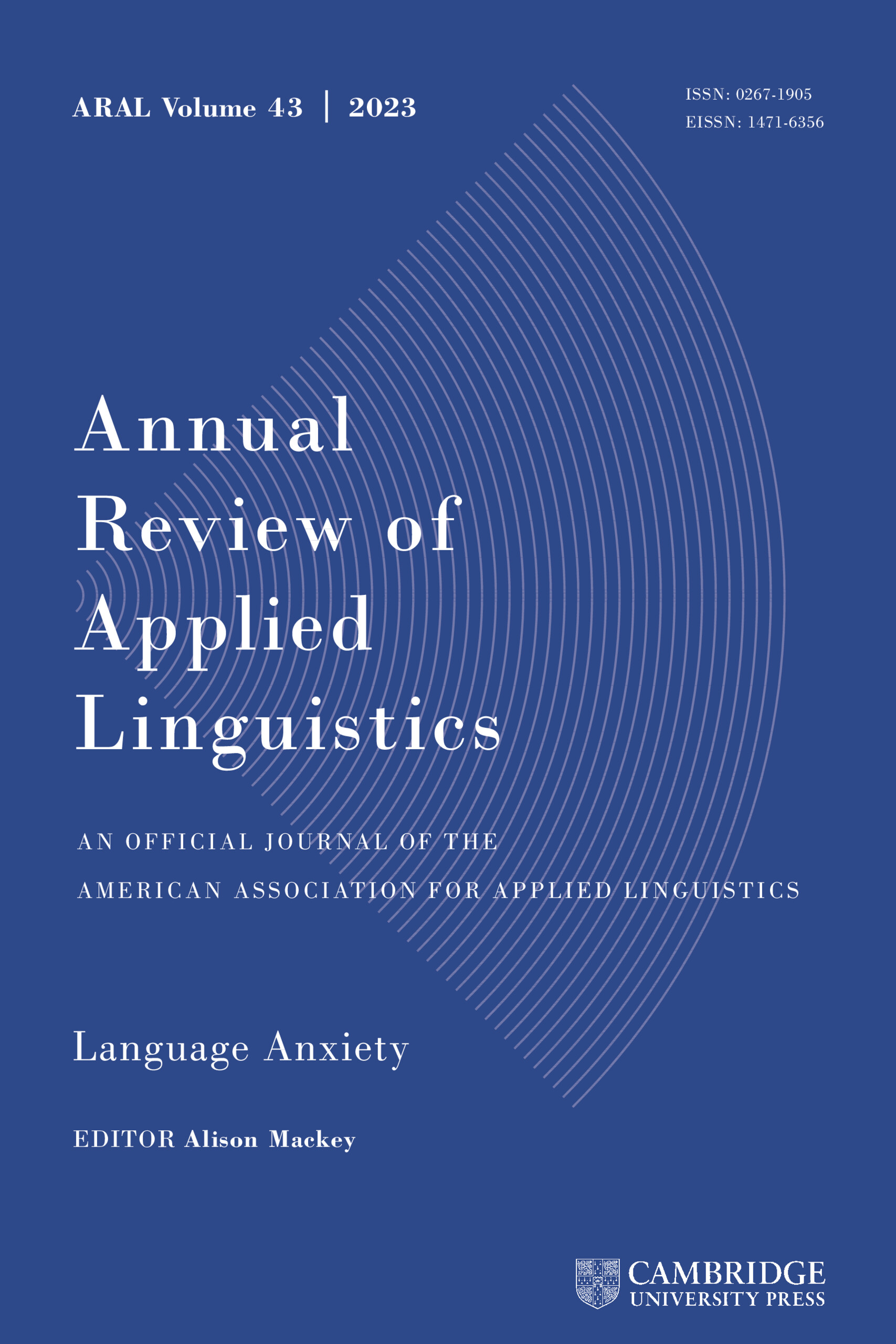No CrossRef data available.
Article contents
Exploring the dual impact of AI in post-entry language assessment: Potentials and pitfalls
Published online by Cambridge University Press: 05 June 2025
Abstract
This paper explores the complex dynamics of using AI, particularly generative artificial intelligence (GenAI), in post-entry language assessment (PELA) at the tertiary level. Empirical data from trials with Diagnostic English Language Needs Assessment (DELNA), the University of Auckland’s PELA, are presented.
The first study examines the capability of GenAI to generate reading text and assessment items that might be suitable for use in DELNA. A trial of this GenAI-generated academic reading assessment on a group of target participants (n = 132) further evaluates its suitability. The second study investigates the use of a fine-tuned GPT-4o model for rating DELNA writing tasks, assessing whether automated writing evaluation (AWE) provides feedback of comparable quality to human raters. Findings indicate that while GenAI shows promise in generating content for reading assessments, expert evaluations reveal a need for refinement in question complexity and targeting specific subskills. In AWE, the fine-tuned GPT-4o model aligns closely with human raters in overall scoring but requires improvement in delivering detailed and actionable feedback.
A Strengths, Weaknesses, Opportunities, and Threats analysis highlights AI’s potential to enhance PELA by increasing efficiency, adaptability, and personalization. AI could extend PELA’s scope to areas such as oral skills and dynamic assessment. However, challenges such as academic integrity and data privacy remain critical concerns. The paper proposes a collaborative model integrating human expertise and AI in PELA, emphasizing the irreplaceable value of human judgment. We also emphasize the need to establish clear guidelines for a human-centered AI approach within PELA to maintain ethical standards and uphold assessment integrity.
Keywords
Information
- Type
- Research Article
- Information
- Copyright
- © The Author(s), 2025. Published by Cambridge University Press.


